As the summer sun shines brightly over Fort Worth, Texas, it’s important to remember that the rising temperatures can pose significant risks to our pets. Unlike humans, pets have limited ways of cooling themselves, making them more prone to dehydration, heat exhaustion, and potentially life-threatening heatstroke. Understanding how to keep your pets cool and safe during the hot months is essential for their well-being.
In this guide, we’ll explore how to recognize signs of heat-related illness, practical methods to keep pets comfortable, and how Animal Hospital Southwest can support you in safeguarding your pet’s health this summer.
Understanding Why Pets Are More Susceptible to Heat
Pets regulate their body temperature differently than humans. Dogs and cats primarily cool themselves through panting, as they only sweat minimally through their paw pads. This makes them less efficient at temperature regulation. Certain pets are more sensitive to heat due to specific risk factors:
- Brachycephalic Breeds: Breeds like Bulldogs, Pugs, and Persian cats have short noses that make breathing in hot weather difficult. Read more about brachycephalic research.
- Senior and Overweight Pets: These animals often struggle with regulating their body temperature.
- Thick-Coated Breeds: Dogs such as Huskies and Malamutes have fur that retains heat.
- Medical Conditions: Pets with heart or respiratory conditions are at increased risk.
Recognizing Signs of Heatstroke in Pets
It’s crucial to recognize the early signs of heat stress to prevent serious health issues:
- Mild Signs: Excessive panting, drooling, restlessness, and seeking shade.
- Moderate to Severe Symptoms: Rapid heart rate, heavy panting, disorientation, vomiting, diarrhea, bright red gums or tongue, and collapse or seizures.
If you suspect heatstroke, it’s crucial to act quickly:
- Move your pet to a cooler area.
- Offer water, but do not force them to drink.
- Contact a veterinarian immediately.
For more information, read this guide on heatstroke in pets.
The Dangers of Heatstroke Don’t Stop Once You’re Cool
Overheating in pets is more than just a temporary elevation in body temperature—it can trigger a dangerous cascade of internal complications. Even if your pet seems to recover after a heat episode, it’s critical to get them to a veterinarian right away. Heatstroke can cause delayed damage to vital organs like the kidneys, liver, heart, and gastrointestinal tract, often unfolding over 24–72 hours.
Close veterinary monitoring during this time is essential to catch and treat secondary issues such as dehydration, internal bleeding, or clotting disorders before they become life-threatening. Prompt care doesn’t just save lives—it can dramatically reduce the risk of long-term complications.
Essential Summer Heat Safety Tips for Pets
Hydration and Cooling Techniques
- Always provide access to fresh, cool water.
- Offer ice cubes or frozen treats.
- Utilize cooling mats, damp towels, or fans to help manage body temperature.
Safe Outdoor Activities
- Walk pets during cooler parts of the day, such as early morning or late evening.
- Avoid walking on asphalt or concrete during peak heat hours to protect paw pads. Learn more about paw protection.
- Limit intense exercise to prevent overheating.
Never Leave Pets in a Hot Car
- Even mild temperatures can lead to dangerously high car temperatures.
- Cracking windows is ineffective in preventing heat buildup.
- Be aware of legal consequences for leaving pets unattended in vehicles.
Explore additional heat safety tips for pet owners.
Keeping Pets Cool Indoors
- Run air conditioning or fans on hot days.
- Provide shaded rest areas and cool flooring like tile or wood for pets to lie on.
- Engage in interactive indoor games to minimize outdoor heat exposure. Discover boredom busters for pets.
Special Considerations for Outdoor Cats
- Ensure outdoor cats have access to shaded areas.
- Refresh water bowls frequently.
- Use safe outdoor enclosures to limit sun exposure. Read more about outdoor cat safety.
Additional Summer Hazards: Holidays, Fireworks, and BBQs
Fireworks and Loud Noises
- Many pets experience noise aversion from fireworks and thunderstorms.
- Keep pets indoors in a quiet space during loud events.
- Consider calming supplements or anti-anxiety tools. Learn about noise aversion.
Fourth of July and Summer Festivities
- Avoid taking pets to fireworks displays and crowded events.
- Ensure pets have proper identification and microchips. Explore July Fourth pet safety tips.
BBQ Safety: Foods That Are Dangerous for Pets
- Keep dangerous foods like bones, onions, garlic, grapes, and fatty meats away from pets.
- Provide pet-safe treats instead. Read about barbecue food safety.
Emergency Heatstroke Response: What to Do
If you suspect heatstroke, take these immediate actions:
- Move your pet to a cooler, shaded area.
- Offer small amounts of cool water.
- Apply damp, cool towels to their paws, belly, and armpits.
- Use a fan or air conditioning to aid cooling.
- Seek emergency veterinary care immediately.
Find more tips on preventing heatstroke.
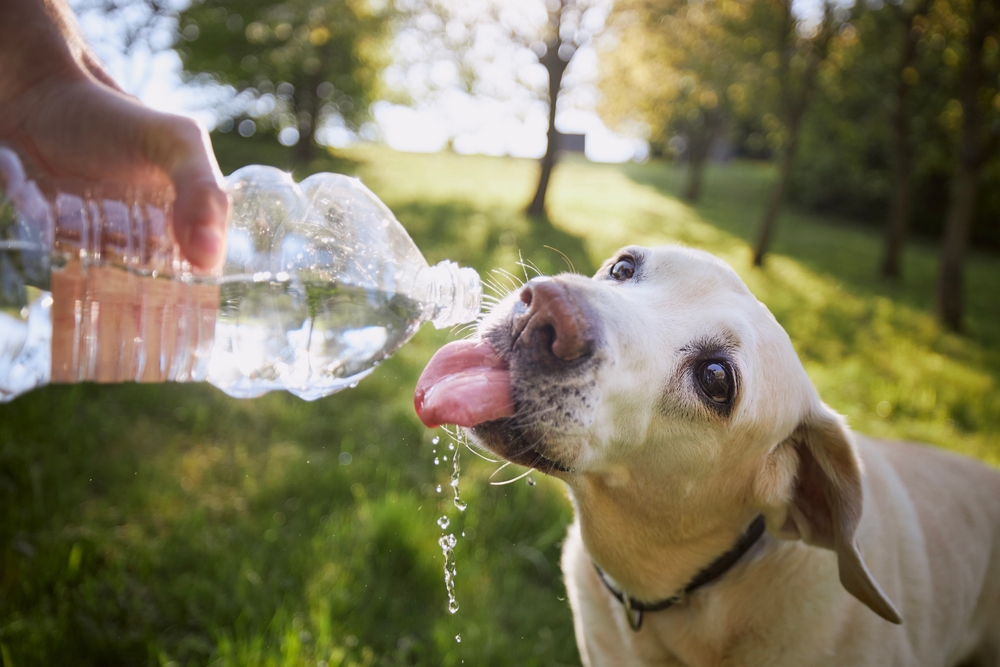
How Animal Hospital Southwest Can Help
Animal Hospital Southwest is committed to supporting you and your pet during the summer months:
- We offer emergency treatment for heatstroke and dehydration, including rapid cooling and IV fluid therapy.
- Schedule wellness exams to assess your pet’s summer health needs.
- Receive nutritional advice for pets prone to weight gain, aiding in better heat tolerance.
- Access expert guidance on seasonal pet care tailored to your pet’s breed and lifestyle.
Summer can be a delightful time for both you and your pet, but it’s essential to recognize the dangers posed by the heat. By taking the right precautions, you can ensure your pet stays safe and comfortable throughout the season.
For personalized advice and comprehensive care, consider scheduling a summer wellness check-up with us. Visit Animal Hospital Southwest for more information.


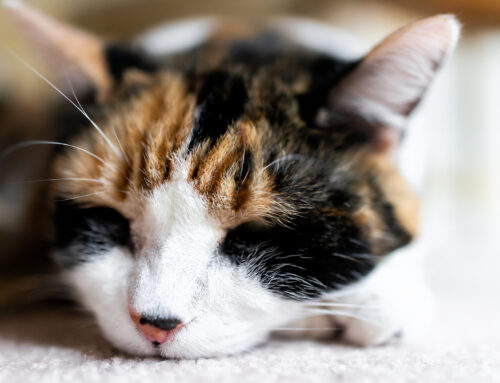
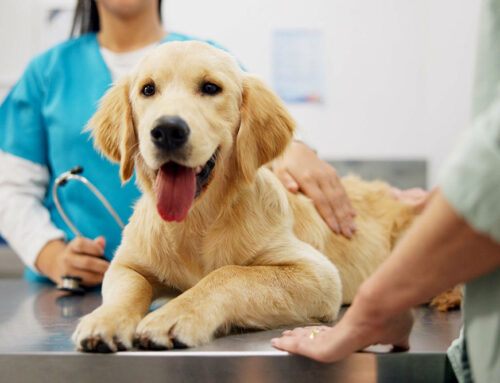
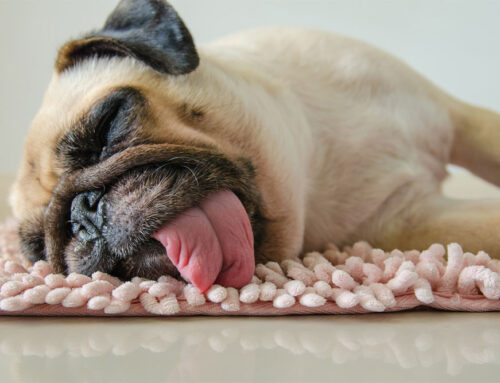
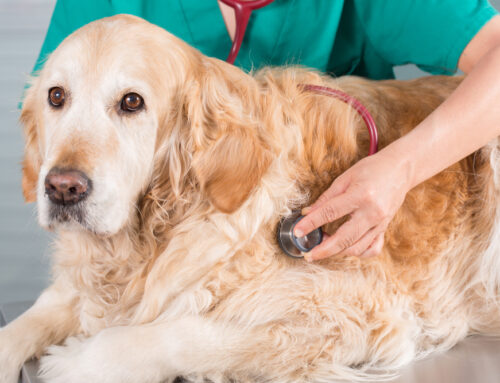

Leave A Comment